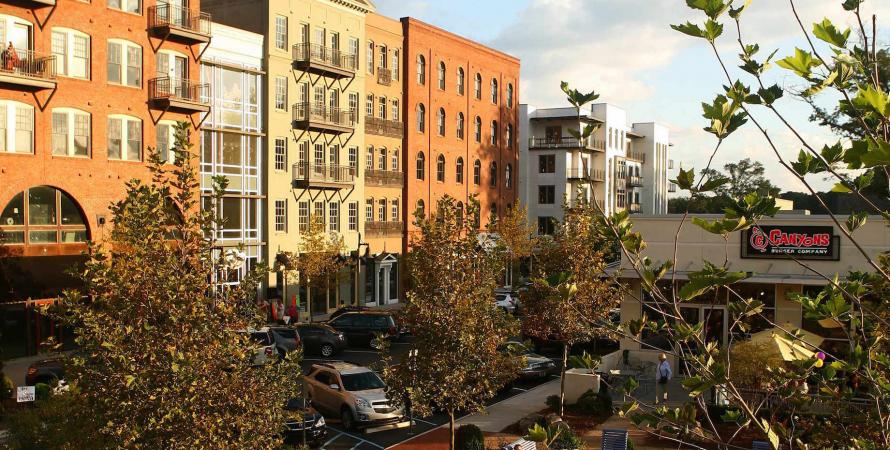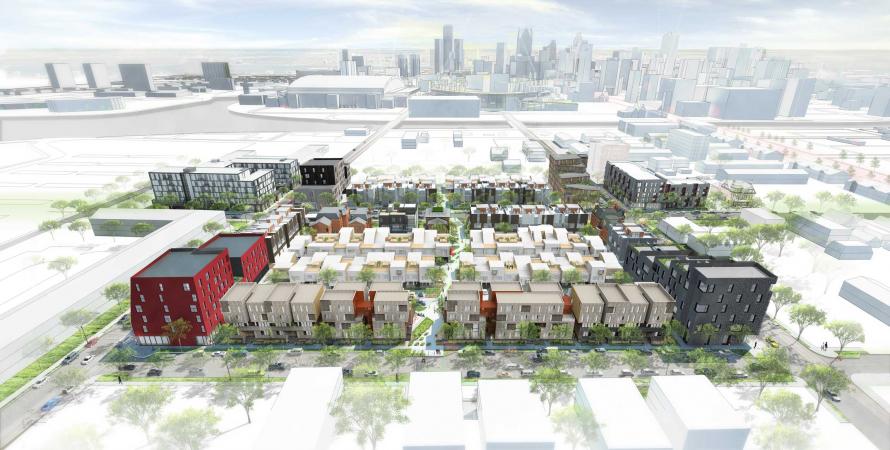Similar Projects
Church Hill North—Armstrong Renaissance
Richmond, Virginia
Church Hill North—Armstrong Renaissance is a 22-acre extension of a disinvested neighborhood in Richmond, Virginia, addressing long-standing social issues while respecting the city’s proud architectural heritage.
Downtown Woodstock, Georgia #thisisCNU
Woodstock, Georgia
Until 2000, Woodstock, Georgia, was a small town with a population of about 10,000—but encroaching Atlanta sprawl threatened to engulf the community in cookie-cutter projects.
Brush Park Parcels #thisisCNU
Detroit, Michigan
In Detroit, the neighborhood of Brush Park stands between three of the city’s fastest revitalizing areas: Midtown, Eastern Market, and the Central Business District.




